Home>Technology>Smart Home Devices>How To Make Money With A 3D Printer
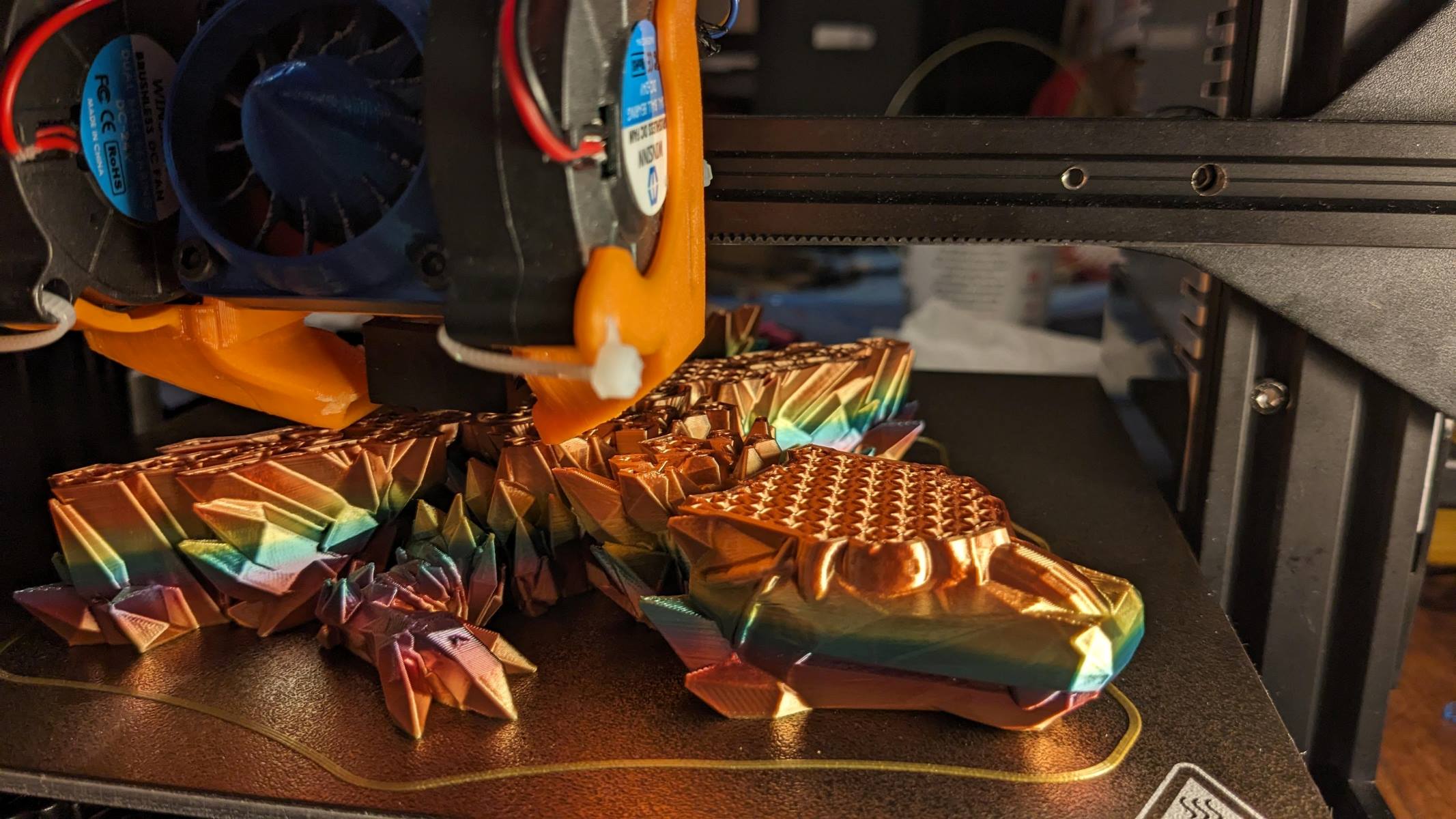

Smart Home Devices
How To Make Money With A 3D Printer
Published: January 19, 2024
Learn how to make money with a 3D printer by creating smart home devices. Explore profitable opportunities and start your 3D printing business today!
(Many of the links in this article redirect to a specific reviewed product. Your purchase of these products through affiliate links helps to generate commission for Storables.com, at no extra cost. Learn more)
Introduction
Welcome to the world of 3D printing, where creativity meets innovation and opportunity abounds. In recent years, 3D printing has revolutionized various industries, from manufacturing and healthcare to architecture and fashion. The technology's versatility and potential have captured the imagination of entrepreneurs and hobbyists alike, offering a pathway to turning passion into profit.
The allure of 3D printing lies in its ability to bring digital designs to life, layer by layer, creating tangible objects with precision and intricacy. Whether you're a seasoned professional or an enthusiast eager to explore the possibilities, harnessing the power of 3D printing can open doors to a myriad of lucrative ventures.
In this comprehensive guide, we'll delve into the realm of 3D printing as a business endeavor, equipping you with the knowledge and strategies to leverage this cutting-edge technology for financial gain. From understanding the fundamentals of 3D printing to identifying profitable niches and establishing a successful venture, we'll navigate the terrain of 3D printing entrepreneurship together.
So, if you're ready to embark on a journey that merges creativity with commerce, fasten your seatbelt and prepare to explore the exciting realm of 3D printing as a lucrative business opportunity.
Key Takeaways:
- 3D printing offers endless opportunities for turning creativity into profit. From customized products to medical applications, entrepreneurs can carve their niche in this innovative industry.
- To succeed in 3D printing entrepreneurship, focus on quality equipment, strategic marketing, and maximizing profits through diversification and innovation. Embrace creativity and business savvy for success.
Read more: How To Make Money With 3D Modeling
Understanding 3D Printing
Before delving into the entrepreneurial aspects of 3D printing, it’s essential to grasp the foundational principles of this transformative technology. At its core, 3D printing, also known as additive manufacturing, involves the creation of three-dimensional objects by depositing successive layers of material based on a digital model.
One of the key components of 3D printing is the utilization of Computer-Aided Design (CAD) software, which serves as the virtual blueprint for the object to be printed. This digital model is sliced into thin horizontal cross-sections, enabling the 3D printer to construct the physical object layer by layer, each one adding to the intricate structure of the final product.
3D printing encompasses various techniques and materials, including fused deposition modeling (FDM), stereolithography (SLA), selective laser sintering (SLS), and more. Each method offers distinct advantages in terms of precision, speed, and material compatibility, catering to a wide array of applications across industries.
From rapid prototyping and custom manufacturing to personalized products and intricate art pieces, the versatility of 3D printing is virtually limitless. This technology has transcended traditional manufacturing constraints, enabling the production of complex geometries and customized designs with unparalleled efficiency.
Moreover, the evolution of 3D printing has seen a proliferation of compatible materials, ranging from plastics, resins, and metals to ceramics and composites. This diversity empowers entrepreneurs to explore diverse markets and cater to specific industry needs, broadening the horizons of 3D printing as a business venture.
By comprehending the intricacies of 3D printing and its myriad applications, aspiring entrepreneurs can harness this knowledge to identify lucrative opportunities and carve a niche in the ever-expanding landscape of additive manufacturing.
Identifying Profitable Opportunities
As you venture into the realm of 3D printing entrepreneurship, it’s crucial to identify the most lucrative opportunities that align with your expertise and market demand. The versatility of 3D printing opens doors to a multitude of potential ventures, each offering unique prospects for profitability and innovation.
Customized Products: One of the most promising avenues for 3D printing businesses is the creation of customized products. From personalized jewelry and bespoke fashion accessories to tailored home decor and unique gifts, the ability to cater to individual preferences and specifications sets 3D printing apart in the market.
Prototyping and Product Development: The rapid prototyping capabilities of 3D printing have revolutionized the product development process. Entrepreneurs can capitalize on this by offering prototyping services to startups and established companies, enabling them to bring their designs to life with speed and precision.
Medical and Dental Applications: The healthcare industry presents a wealth of opportunities for 3D printing, ranging from patient-specific implants and prosthetics to anatomical models and surgical guides. By catering to the evolving needs of the medical and dental sectors, entrepreneurs can make a profound impact while reaping financial rewards.
Art and Sculpture: The artistic realm benefits immensely from 3D printing, allowing creators to materialize intricate sculptures, avant-garde installations, and custom art pieces that defy traditional manufacturing constraints. Entrepreneurs with a passion for art and design can capitalize on this niche market, offering bespoke creations to art enthusiasts and collectors.
Customized Merchandise for Events: With the growing trend of personalized experiences, there’s a burgeoning demand for customized merchandise at events, ranging from weddings and corporate gatherings to trade shows and conventions. 3D printing facilitates the production of unique souvenirs, promotional items, and event memorabilia, presenting an enticing opportunity for entrepreneurs.
By identifying and evaluating these and other potential avenues, aspiring 3D printing entrepreneurs can align their passion and expertise with profitable ventures, laying the groundwork for a successful and sustainable business.
Setting Up Your 3D Printing Business
Embarking on the journey of establishing a 3D printing business requires a strategic approach and meticulous planning to ensure a solid foundation for success. From acquiring the necessary equipment to establishing a robust operational framework, each step plays a pivotal role in shaping the trajectory of your entrepreneurial endeavor.
Investing in Quality 3D Printers: The cornerstone of your business lies in the selection of reliable and high-performance 3D printers. Assess the specific requirements of your target market and the intended applications to determine the most suitable printing technology and materials. Whether it’s Fused Deposition Modeling (FDM) for rapid prototyping or Stereolithography (SLA) for intricate designs, investing in cutting-edge printers is essential.
Creating a Functional Workspace: Designating a dedicated workspace optimized for 3D printing operations is crucial for efficiency and quality control. Ensure adequate ventilation, proper lighting, and organizational systems to streamline the production process while adhering to safety protocols. Additionally, consider the space requirements for post-processing activities such as sanding, painting, and assembly.
Securing Materials and Supplies: Building a reliable supply chain for 3D printing materials and consumables is vital to sustaining uninterrupted operations. Establish partnerships with reputable suppliers to procure a diverse range of filaments, resins, and other essential components, ensuring a seamless workflow and consistent output quality.
Implementing Quality Control Measures: Upholding stringent quality standards is imperative in the 3D printing industry. Develop comprehensive quality control protocols to assess the accuracy, strength, and surface finish of printed objects, guaranteeing customer satisfaction and reinforcing your business’s reputation for excellence.
Compliance and Intellectual Property Considerations: Familiarize yourself with industry regulations, safety standards, and intellectual property rights pertaining to 3D printing. Ensure compliance with relevant laws and regulations while respecting copyrights and patents when producing custom designs and prototypes for clients.
Building a Digital Presence: Establishing an online presence through a professional website and active engagement on social media platforms is essential for showcasing your capabilities and attracting potential clients. Leverage digital marketing strategies to highlight your unique value proposition and build a compelling brand identity in the competitive 3D printing landscape.
By methodically addressing these foundational elements, you can lay the groundwork for a thriving 3D printing business, setting the stage for sustainable growth and industry prominence.
Consider offering 3D printing services for custom products, prototypes, or replacement parts. Market your services online and through local businesses to attract clients.
Marketing Your 3D Printing Services
Effectively marketing your 3D printing services is pivotal in establishing a strong market presence, attracting clients, and fostering long-term business growth. By implementing targeted strategies and leveraging various channels, you can showcase your capabilities, engage potential customers, and position your business as a go-to solution in the competitive landscape of additive manufacturing.
Visual Portfolio and Case Studies: Build a comprehensive portfolio showcasing a diverse range of projects and applications, highlighting the versatility and quality of your 3D printing services. Include case studies that demonstrate your expertise in addressing specific client needs and delivering exceptional results, providing tangible evidence of your capabilities.
Search Engine Optimization (SEO): Optimize your website and digital content with relevant keywords, industry-specific terms, and location-based tags to enhance your visibility in search engine results. By aligning your online presence with the search intent of potential clients, you can increase organic traffic and attract qualified leads to your business.
Content Marketing and Thought Leadership: Establish your authority in the 3D printing domain by creating informative and engaging content. Share insights, industry trends, and practical tips through blog posts, whitepapers, and video tutorials, positioning your brand as a trusted resource for both existing and prospective clients.
Social Media Engagement: Leverage social media platforms to showcase your 3D printing projects, engage with your audience, and foster a community around your brand. Utilize visually compelling content, such as time-lapse videos of printing processes, finished product showcases, and behind-the-scenes glimpses, to captivate and educate your followers.
Networking and Industry Events: Actively participate in industry events, trade shows, and networking opportunities to connect with potential clients, industry professionals, and collaborators. By engaging in face-to-face interactions and demonstrating your expertise, you can forge valuable partnerships and expand your client base.
Client Testimonials and Referral Programs: Encourage satisfied clients to provide testimonials and reviews highlighting their positive experiences with your 3D printing services. Implement referral programs to incentivize existing clients to refer new business, leveraging the power of word-of-mouth marketing to expand your reach.
Collaborations and Partnerships: Explore collaborations with complementary businesses, such as product designers, architects, and creative agencies, to offer integrated solutions and tap into new markets. By leveraging synergies and cross-promotional opportunities, you can amplify your brand’s visibility and credibility.
By integrating these marketing strategies into your business approach, you can elevate your 3D printing services, cultivate a strong brand presence, and drive sustained demand for your innovative solutions.
Read more: How To Make A 3D Printer File
Maximizing Your Profits
Efficiently managing costs and optimizing revenue streams are essential components of maximizing profits in the 3D printing business. By implementing strategic pricing models, diversifying service offerings, and streamlining operational processes, entrepreneurs can enhance their financial performance and ensure long-term sustainability.
Value-Based Pricing: Align your pricing strategy with the unique value proposition of your 3D printing services. Consider the complexity of projects, material requirements, and customization levels when determining pricing, ensuring that your rates reflect the inherent value delivered to clients.
Product Diversification: Expand your service portfolio to encompass a diverse range of 3D printing applications, catering to multiple industries and client needs. By offering a spectrum of services, from rapid prototyping and custom manufacturing to specialized niche products, you can capture a broader market and mitigate reliance on a singular revenue stream.
Efficient Resource Utilization: Optimize material usage, minimize waste, and maximize the efficiency of your 3D printing processes. Implementing lean manufacturing principles and embracing sustainable practices not only reduces operational costs but also positions your business as environmentally conscious, appealing to eco-conscious clients.
Client Retention and Upselling: Cultivate long-term relationships with clients by providing exceptional service and consistently exceeding expectations. Implement loyalty programs and incentives to encourage repeat business, while also identifying opportunities to upsell additional services or premium features to existing clients.
Automation and Workflow Optimization: Leverage automation software and workflow optimization tools to streamline repetitive tasks, reduce lead times, and enhance overall productivity. By embracing technological advancements, you can increase output capacity and minimize operational overhead, contributing to improved profitability.
Strategic Partnerships and Outsourcing: Collaborate with reliable partners for specialized tasks, such as post-processing, finishing, or design services, allowing you to focus on core competencies while leveraging external expertise. Outsourcing non-core functions can yield cost efficiencies and bolster overall business agility.
Continuous Innovation and R&D: Allocate resources to ongoing research and development initiatives aimed at exploring new materials, techniques, and applications in 3D printing. By staying at the forefront of technological advancements, you can differentiate your offerings and command premium pricing for cutting-edge solutions.
By integrating these strategies into your business operations, you can optimize profitability, fortify your competitive position, and pave the way for sustained financial success in the dynamic landscape of 3D printing entrepreneurship.
Conclusion
As we conclude this journey into the realm of 3D printing entrepreneurship, it’s evident that this transformative technology offers boundless opportunities for innovative individuals seeking to merge their passion for creativity with the pursuit of financial success. From understanding the foundational principles of 3D printing to identifying lucrative market niches and implementing strategic business practices, the path to establishing a thriving 3D printing venture is both exhilarating and rewarding.
By comprehensively understanding the nuances of 3D printing and its diverse applications, aspiring entrepreneurs can harness this knowledge to identify and capitalize on profitable opportunities. Whether it’s custom product manufacturing, rapid prototyping services, or niche applications in healthcare and art, the versatility of 3D printing empowers individuals to carve their unique path in the industry.
Setting up a 3D printing business requires meticulous planning, from investing in cutting-edge equipment to establishing a robust operational framework and building a compelling brand identity. By methodically addressing these foundational elements, entrepreneurs can lay the groundwork for a sustainable and thriving enterprise.
Effective marketing strategies play a pivotal role in showcasing the capabilities of a 3D printing business, engaging potential clients, and fostering long-term growth. By leveraging visual portfolios, content marketing, and strategic networking, entrepreneurs can position their brand as a trusted and sought-after solution in the competitive landscape of additive manufacturing.
Maximizing profits in the 3D printing business involves a strategic approach encompassing value-based pricing, product diversification, operational efficiency, and continuous innovation. By implementing these strategies, entrepreneurs can optimize financial performance and ensure the long-term sustainability of their ventures.
As you embark on your 3D printing entrepreneurial journey, remember that success in this dynamic industry is a blend of creativity, technical proficiency, and astute business acumen. Embrace innovation, cultivate client relationships, and stay abreast of industry trends to propel your 3D printing business to new heights of achievement.
With a steadfast commitment to excellence, a spirit of innovation, and a keen eye for emerging opportunities, the world of 3D printing stands as a canvas for entrepreneurial success, ready to be shaped by the vision and dedication of ambitious individuals.
Frequently Asked Questions about How To Make Money With A 3D Printer
Was this page helpful?
At Storables.com, we guarantee accurate and reliable information. Our content, validated by Expert Board Contributors, is crafted following stringent Editorial Policies. We're committed to providing you with well-researched, expert-backed insights for all your informational needs.
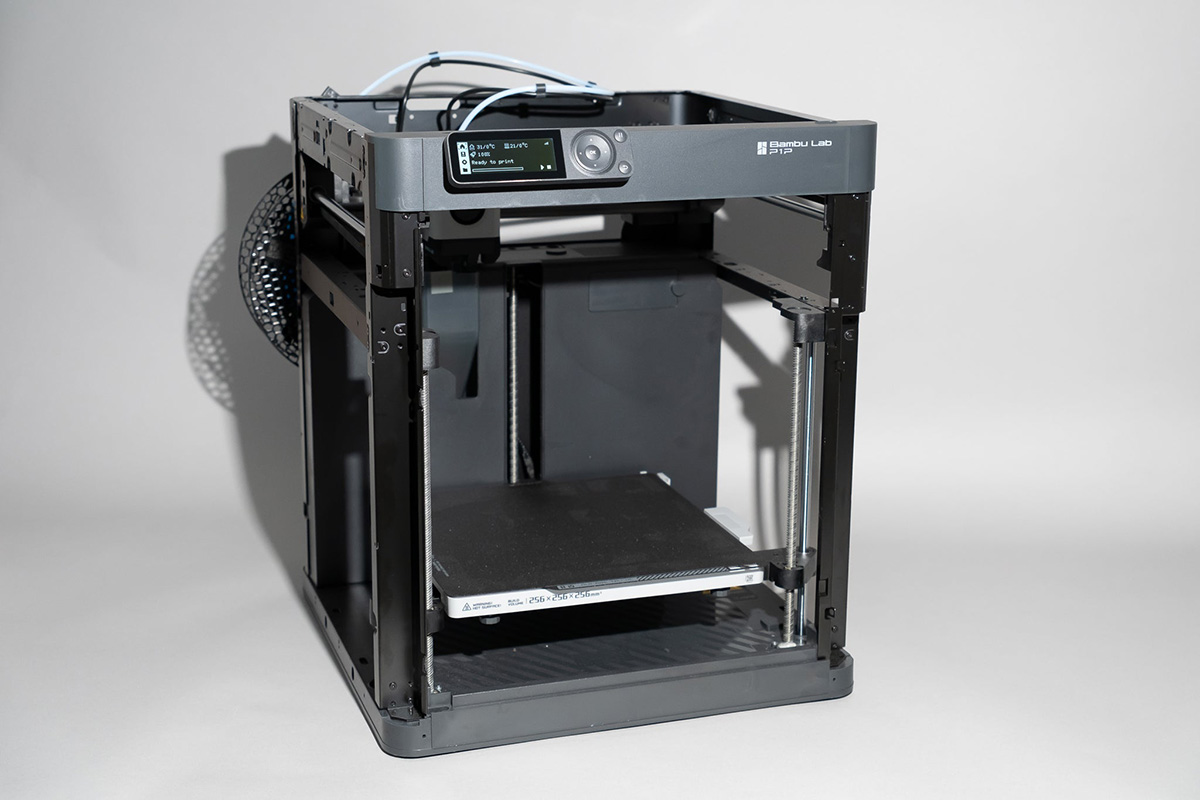
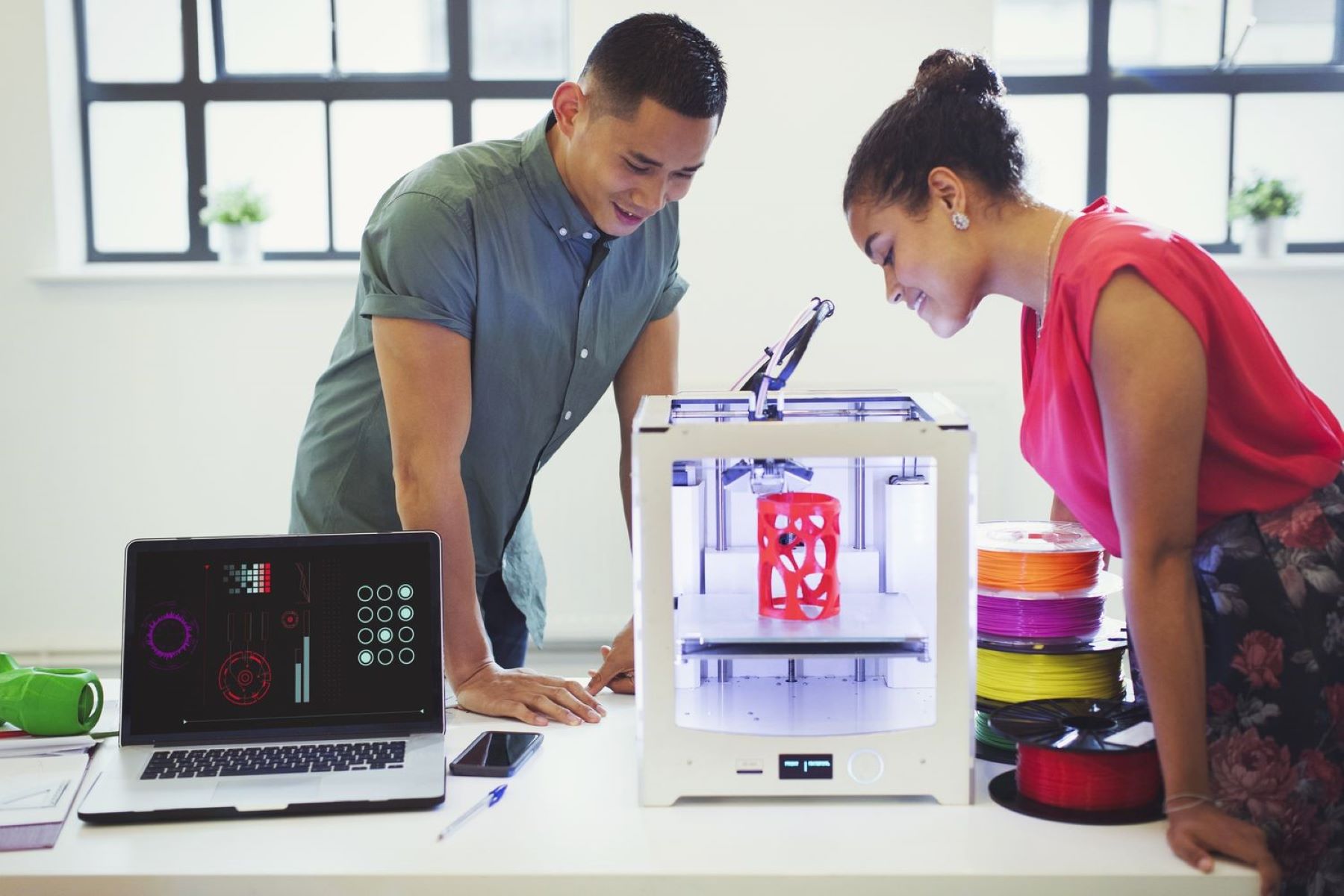
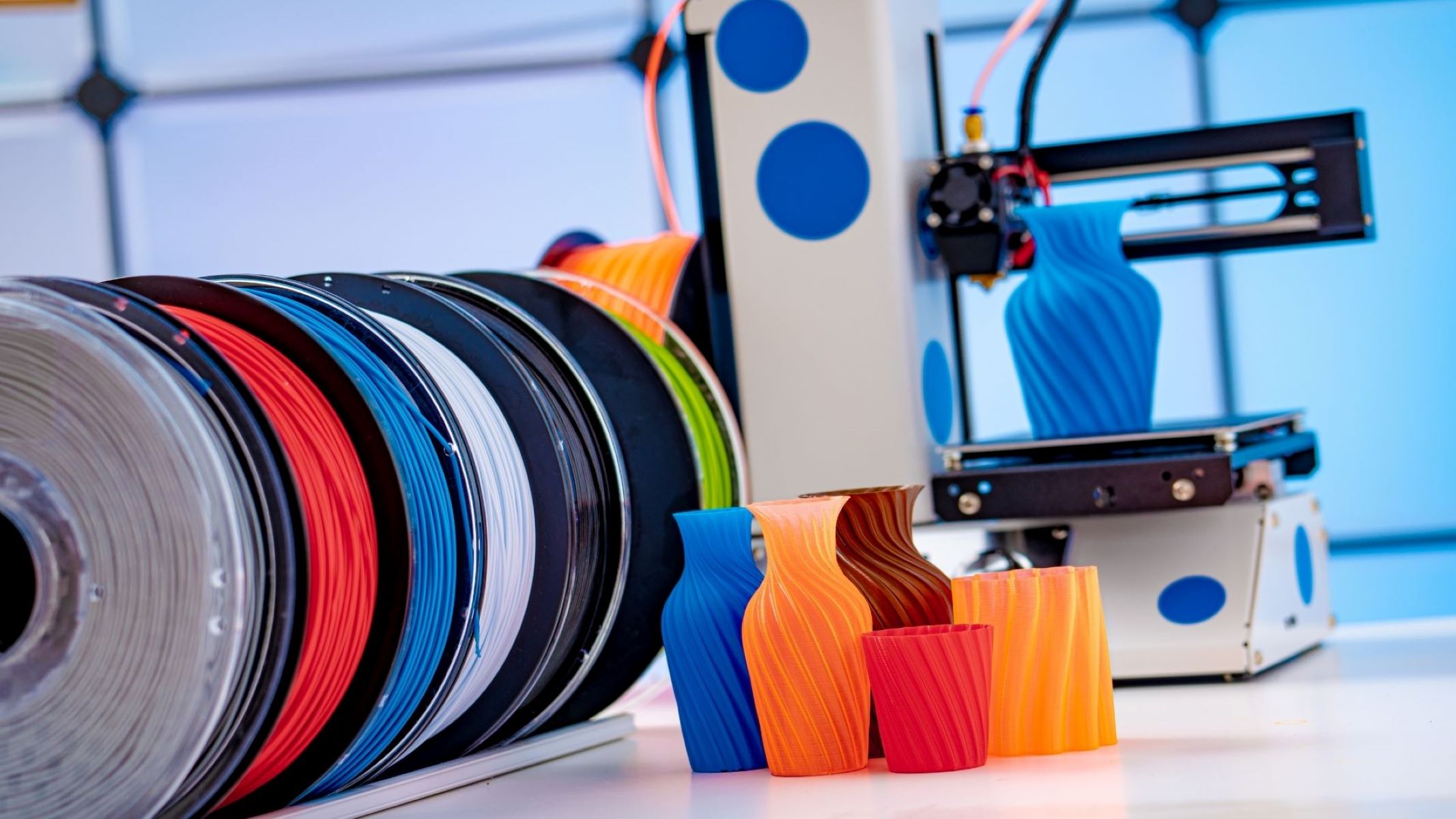

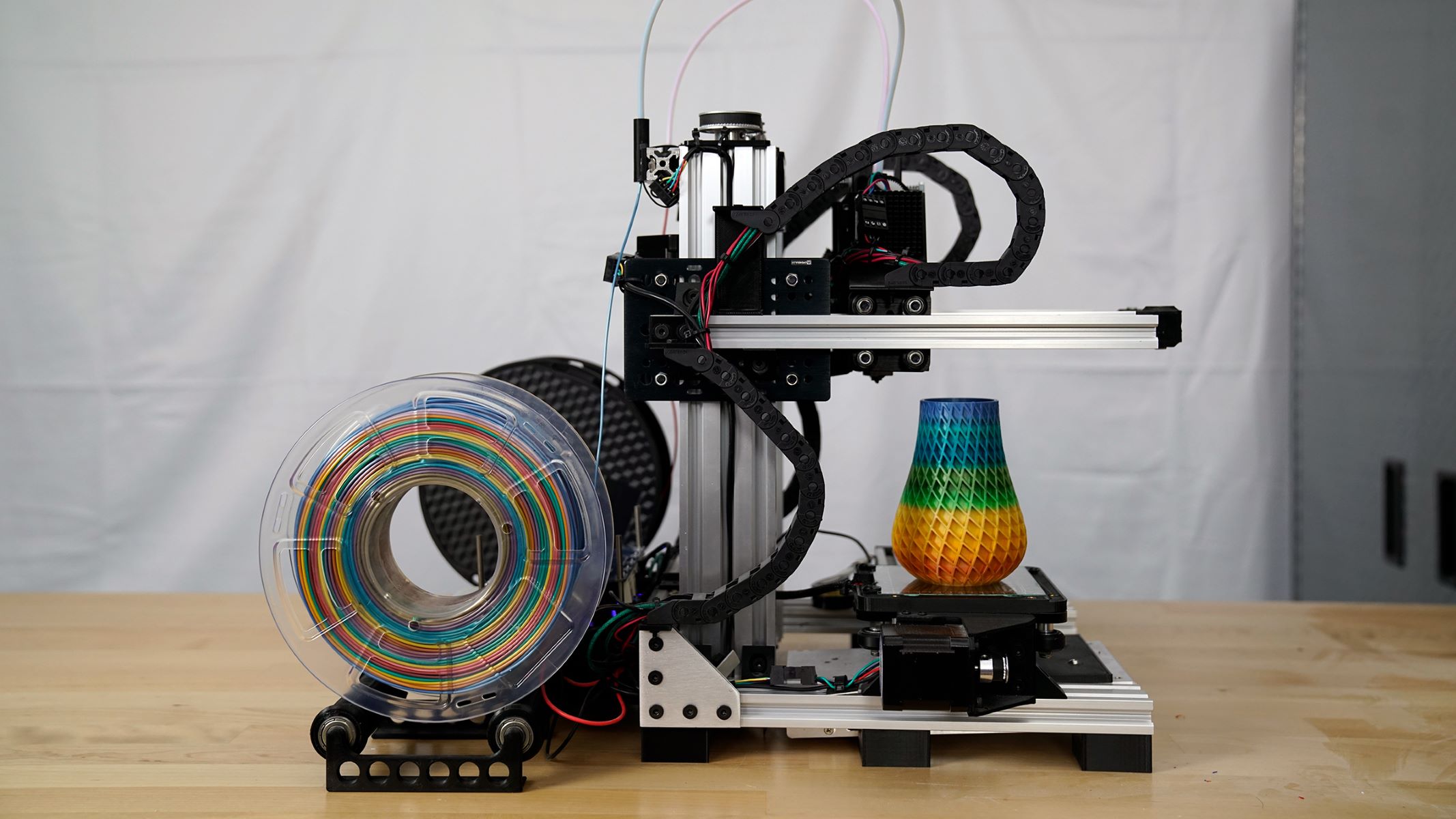




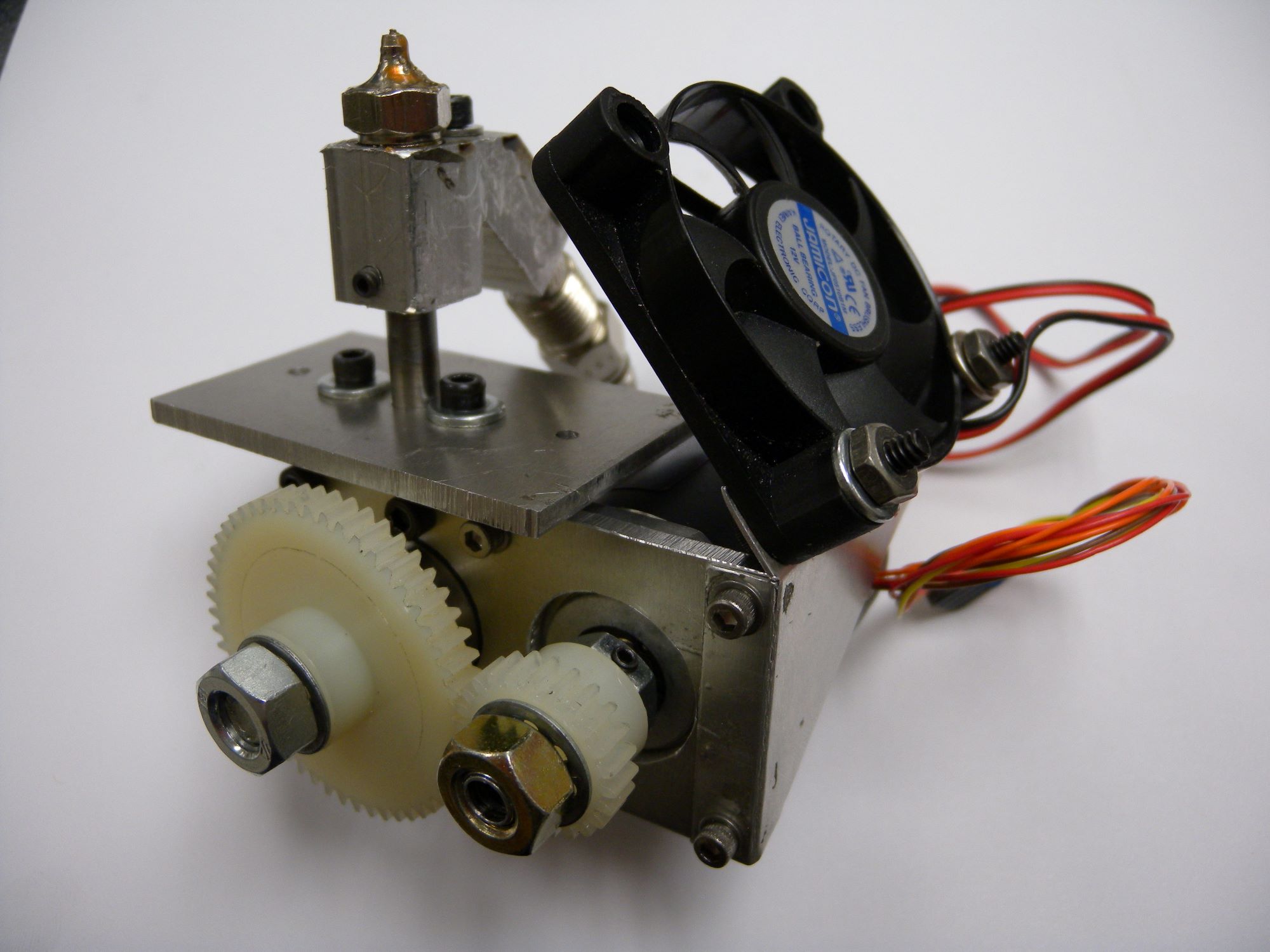

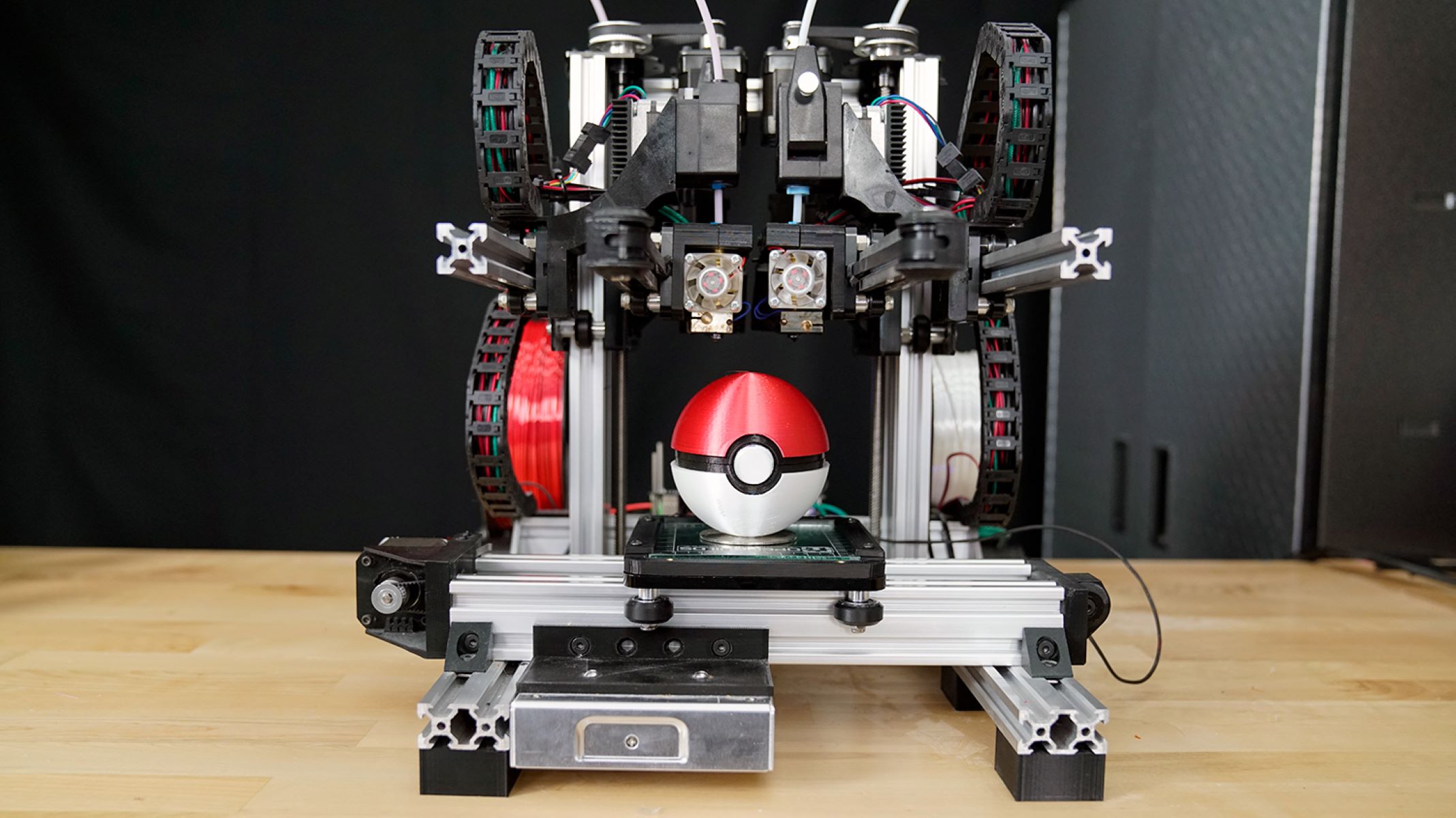
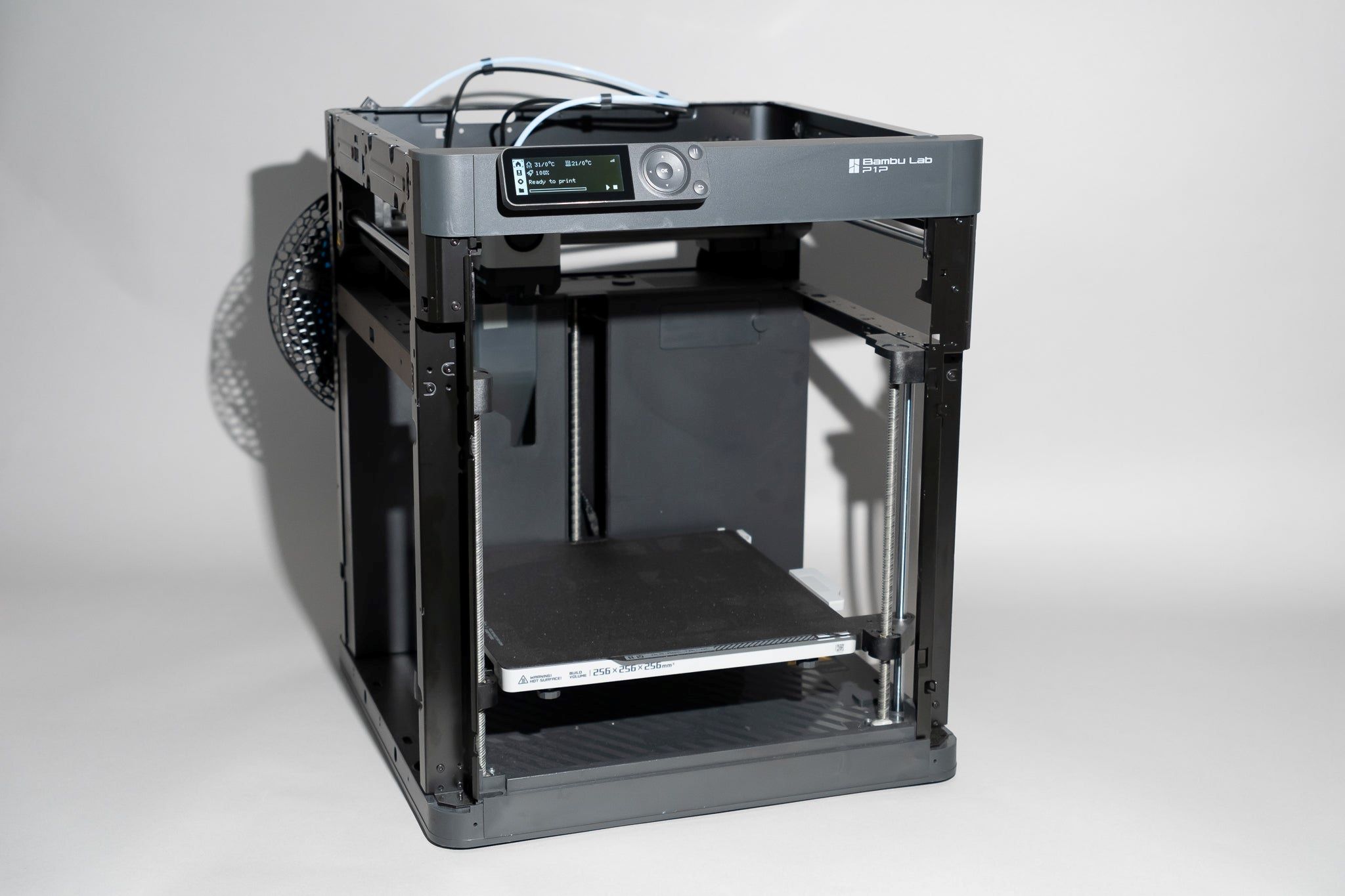
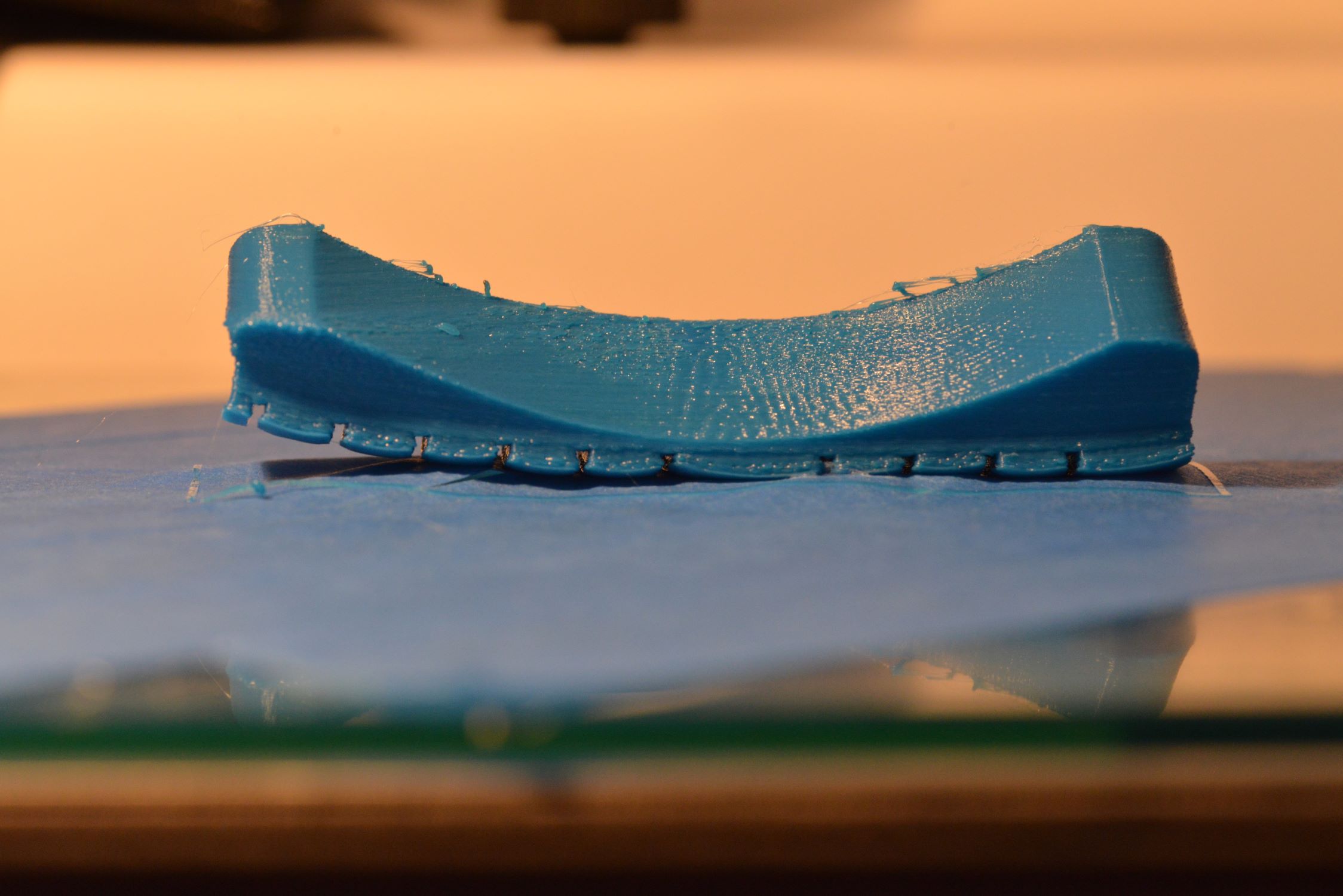

0 thoughts on “How To Make Money With A 3D Printer”